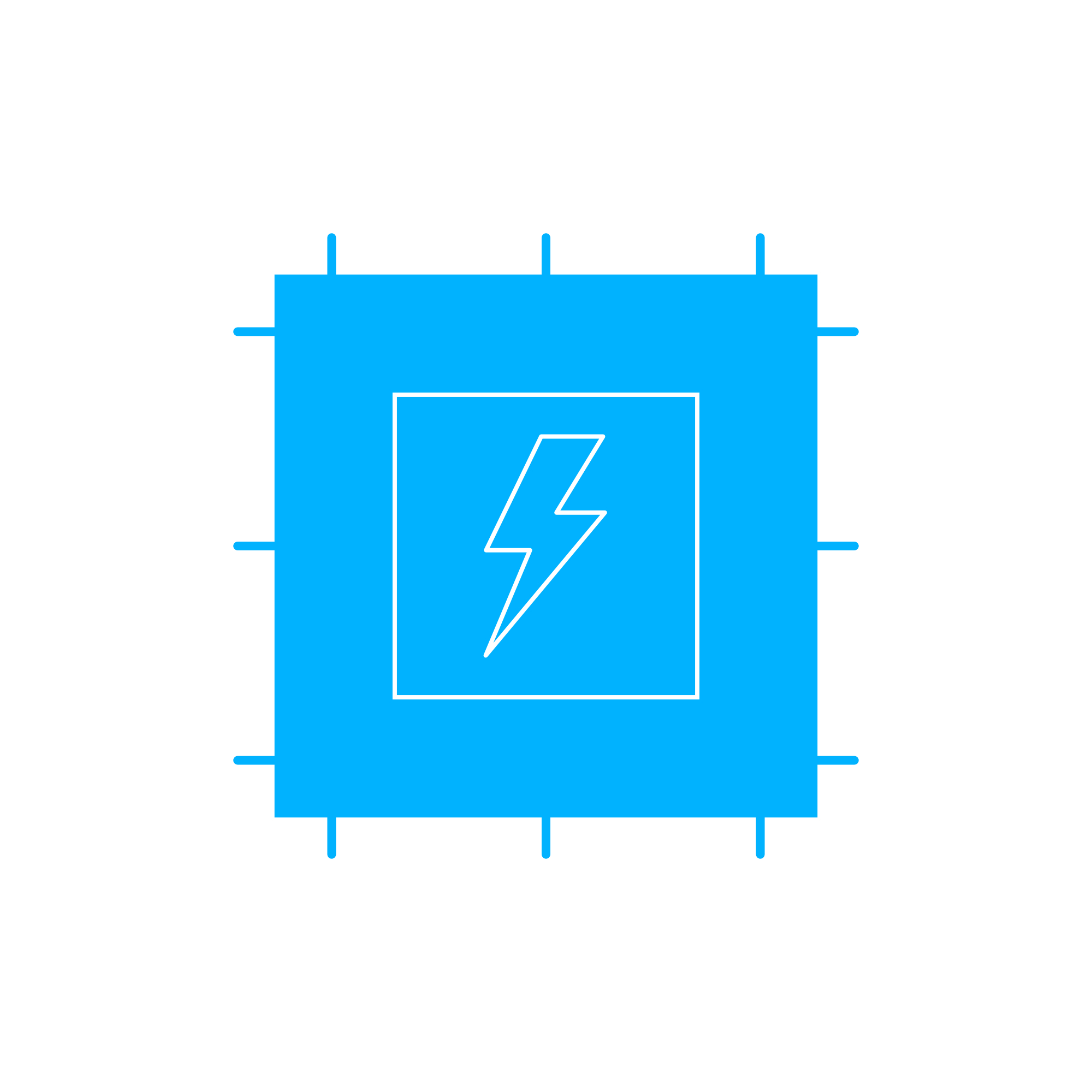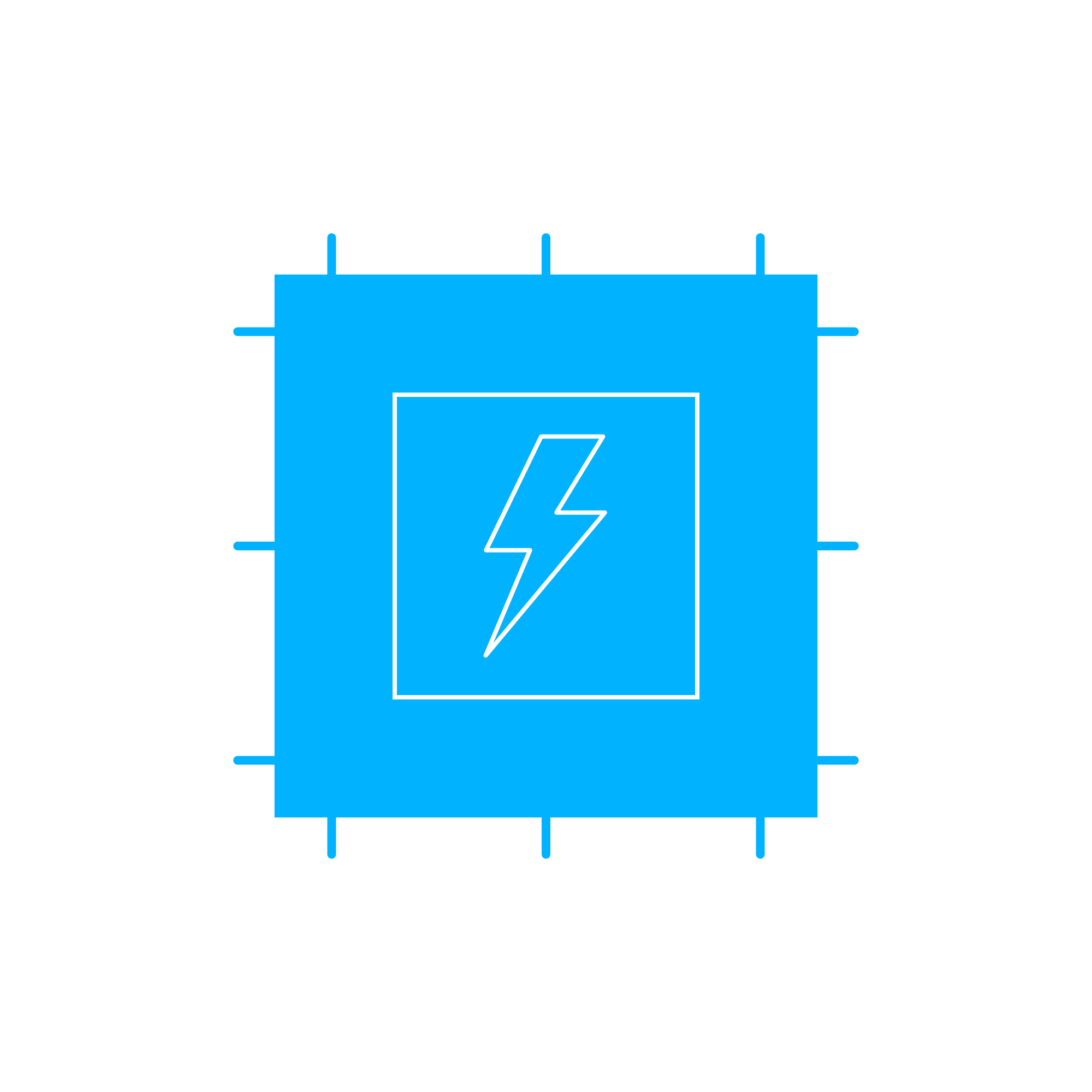SUPPRESSION CAPACITOR
SUPPRESSION CAPACITOR in Electric Components and Switches for Marine, Diesel and Gas Engines
Electric components and switches form the nervous system of modern engines, coordinating power distribution, control signals, and safety functions under demanding operating conditions. This category covers contactors, relays, circuit breakers, control and limit switches, sensors, terminal blocks, connectors, and EMC elements such as the SUPPRESSION CAPACITOR. In marine engine rooms, propulsion gensets, and land-based diesel and gas installations, these parts maintain stable voltage, protect sensitive controllers, and ensure precise actuation of actuators and auxiliaries. Without robust, well-matched electric components and switches, even the best mechanical assembly cannot deliver consistent performance or compliance with electrical and EMC requirements.
A SUPPRESSION CAPACITOR is a critical detail in this architecture. By damping switching transients and electromagnetic interference (EMI), it protects ECUs, governors, and communication lines from noise generated by alternators, injector drivers, and solenoid coils. Together with high-quality switches and power components, it underpins reliable starts, clean signals, and uninterrupted operation—key priorities for shipowners and technical decision-makers.
Technical Function of Electric Components and Switches with SUPPRESSION CAPACITOR in Diesel Engine and Marine Engine Applications
Electric components and switches manage high inrush currents for starters, regulate charging systems, isolate faults, and communicate status back to control panels and automation systems. In a diesel engine, contactors and relays switch DC motors, heaters, pumps, and fans; sensors feed the engine controller; breakers protect harnesses; and durable switches provide human-machine interface in bridge or engine-room panels. Gas engines add ignition modules that create additional EMI sources, making suppression even more important.
The SUPPRESSION CAPACITOR works as an EMI/RFI filter and transient absorber. Installed across supply rails, across relay/contactor coils (often with an RC snubber), or at motor terminals, it reduces voltage spikes caused by inductive loads and sharp switching edges. This stabilization benefits CANbus and Modbus lines, protects regulator diodes in alternators, and minimizes radio interference with navigation and communication equipment on board. In marine engine environments, film capacitors with low ESR, high ripple capability, and temperature ratings up to 105–125°C are common to withstand vibration, salt-laden air, and thermal cycling.
Well-engineered electric components and switches—paired with correctly specified suppression—help the engine maintain optimal combustion control, cleaner sensor readings, and more accurate protection logic. That leads directly to higher uptime, efficient fuel use, and safer operations.
- · Stable power delivery for ECUs, sensors, and actuators
- · EMI reduction via SUPPRESSION CAPACITOR on coils, motors, and regulators
- · Reduced contact arcing and extended switch/relay life
- · Faster, more reliable starts and load acceptance
- · Improved data integrity on CAN/serial communication lines
- · Robust construction for heat, vibration, and corrosion resistance
- · Clear isolation and protection through breakers and fuses
- · Compliance-friendly EMC behavior in marine and industrial settings
How a SUPPRESSION CAPACITOR (OEM parts) Enhances Performance, Efficiency, and Safety
Every switching event can produce a high-frequency transient. In diesel engine and marine engine control cabinets, those spikes cause nuisance trips, sensor drift, or controller resets. An appropriately rated SUPPRESSION CAPACITOR—often combined with resistors or diodes—absorbs energy from inductive loads and smooths edges. The results are tighter voltage rails, less radio interference, cooler contacts due to lower arc energy, and extended lifespan for relays, switches, and electronic assemblies. Selecting the right dielectric, capacitance (for example 0.1–2.2 μF depending on the application), and voltage rating ensures the component functions reliably without overheating or degrading under continuous duty.
Importance for Engine Operation and Service Life
Electric components and switches are fundamental to engine reliability. Deteriorated contacts increase resistance, heat, and voltage drop; weak breakers trip prematurely; and corroded connectors invite intermittent faults. Without proper suppression, alternators, injector drivers, and solenoids inject EMI into the system, causing random alarms, inaccurate sensor readings, or communication losses. Over time, these issues accelerate wear, disrupt maintenance cycles, and inflate fuel and operating costs due to suboptimal control.
Specific risks include contact pitting from unsuppressed arcs, overheating in undersized switches, ECU resets during cranking due to poor voltage stability, and interference with critical bridge electronics. In extreme cases, failures lead to unintended shutdown or loss of monitoring—unacceptable in marine operations, power generation, or mission-critical industrial sites. Keeping electric components and switches in top condition, and ensuring a correctly placed SUPPRESSION CAPACITOR in noisy circuits, substantially increases service life and operational confidence.
Advantages of OEM Spare Parts Suitable for Electric Components and Switches
Choosing OEM spare parts for electric components and switches— including the SUPPRESSION CAPACITOR—secures the performance envelope the engine was designed to deliver. Dimensional accuracy, material selection, and electrical characteristics align with the original design intent of harnesses, regulators, controllers, and panels. This compatibility reduces troubleshooting time, prevents misapplication, and preserves safety margins under high load or harsh climatic conditions.
OEM spare parts suitable for this category deliver measurable benefits:
- · Performance: Correct capacitance, ESR, and voltage ratings for stable EMC behavior.
- · Reliability: Tested relays, contactors, and switches that withstand vibration and thermal cycling.
- · Budget: Lower lifecycle cost through longer service intervals and fewer unplanned stoppages.
- · Service life: Reduced arcing and heat stress prolong component and system longevity.
- · Documentation: Clear traceability and specifications simplify audits and maintenance planning.
- · Safety: Predictable breaking capacity and insulation performance in fault conditions.
MOPA as a Partner for OEM Parts: Electric Components and Switches with SUPPRESSION CAPACITOR
MOPA is an experienced and reliable partner for OEM spare parts in Electric components and switches. Our portfolio covers contactors, relays, circuit protection, control switches, connectors, sensors, and SUPPRESSION CAPACITOR solutions tailored to diesel and gas engines. We prioritize speed in sourcing and logistics, quality in product selection and testing, and security in documentation and traceability—so purchasers and shipowners receive parts that match technical requirements without delay.
From individual components to coordinated kits for engine control cabinets, MOPA supports projects worldwide with responsive quoting, knowledgeable assistance on specifications, and safe, compliant delivery. Whether your focus is a marine engine retrofit or a power-plant maintenance window, we help you minimize downtime and risk.
Conclusion: SUPPRESSION CAPACITOR and Electric Components and Switches Matter
Electric components and switches—enhanced by the correct SUPPRESSION CAPACITOR selection—are essential to engine stability, efficiency, and safety. Keeping these parts aligned with OEM specifications protects performance and extends service life while controlling total cost of ownership.
With MOPA as your partner for OEM spare parts suitable for Electric components and switches, you gain speed, quality, and security in every transaction—so your diesel and gas engines operate exactly as intended.

Suppression Capacitor 01319413: Your Reliable OEM Replacement PartThe suppression capacitor with the comparison number 01319413 is an essential product, specifically designed for MWM & Deutz engines. This OEM replacement part ensures maximum efficiency and longevity, supporting your requirements in machine applications.Easy Integration into MWM & Deutz EnginesOur suppression capacitor is designed to fit MWM & Deutz engines. By using OEM replacement parts, we ensure that the performance and functionality of your engines remain optimal. Trust in quality that meets your demands!

SUPPRESSION CAPACITOR with the comparison number 81259120049 suitable for MAN D engines

Precise Components for Efficient EnginesOur suppression capacitor with the reference number 01320539 is an essential product for anyone who values the flawless operation of their machines. This replacement part is crucial for eliminating disturbances within engines and meets the strict quality requirements of OEM replacement parts. This ensures the optimal performance of your engines.Suppression Capacitor: Ideal for Your ApplicationThe suppression capacitor with the reference number 01320539 is perfectly suitable for Deutz engines. Weighing only 0.015 kg, this electric component contributes to increasing efficiency in your technology. Thanks to its precise manufacturing, it opens doors to seamless functionality in your operations.

Efficient Replacement Part: Suppression Capacitor 01320408Discover our Suppression Capacitor with the reference number 01320408. This product is crucial for smooth and efficient operation. As an OEM replacement part, it ensures that your engine operates optimally, regardless of the application. Weighing only 0.015 kg, it is easy to install and use.

Reliable Product: Suppression Capacitor Comparison Number 01301799The suppression capacitor (comparison number: 01301799) is an effective OEM replacement part that is crucial for optimizing engine performance. This product is designed as a technical component compatible with Deutz engines and plays an important role in reducing electromagnetic interference. Weighing only 0.03 kg, the suppression capacitor offers an excellent combination of lightness and powerfulness.Excellent Solution for Deutz EnginesThis suppression capacitor, with the comparison number 01301799, supports the reliable operation of your engines and has been developed to ensure their functionality. As an effective product from the category of electric components and switches, it ensures the longevity of systems used in marine and stationary applications.

Efficient OEM Replacement Part for Your UseThe suppression capacitor with the comparison number 0290800036 is an essential product designed to maximize the performance of your engines. This OEM replacement part plays a crucial role in maintaining the reliability of electronic systems and is specifically designed for engines used in various applications.Optimized Technology Suitable for Deutz EnginesOur suppression capacitor is suitable for Deutz engines, ensuring that your technical equipment operates reliably. With a comparison number of 0290800036, this OEM replacement part provides the quality you need to keep your machines working optimally.

SUPPRESSION CAPACITOR with the comparison number 0290801001 suitable for MWM & Deutz engines

Reliable Product for MAN D EnginesThe suppression capacitor with the reference number 51259120004 is an indispensable electric component and switch, which significantly contributes to the performance of your MAN D engines. Thanks to its exceptional craftsmanship, this replacement part offers the reliability essential for effective use in marine and stationary applications.

Suppression Capacitor: Your Solution for EnginesDiscover the top-quality Suppression Capacitor identified by the comparison number 0290800058. This OEM replacement part has proven essential for maintaining engines that require stable energy sources. Weighing only 0.02 kg, this Suppression Capacitor offers easy handling without compromising performance.Specifically Suitable for MWM & Deutz EnginesThe Suppression Capacitor is specially designed for engines compatible with manufacturers MWM & Deutz. This Suppression Capacitor adheres to OEM standards and ensures reliable functionality, which is particularly important in demanding applications.

Excellent Suppression Capacitor for Efficient OperationDiscover the suppression capacitor (comparison number: 0290800053), an essential OEM replacement part specially designed for engines and meeting the highest standards. This item impresses with its quality features and ensures trouble-free operation.Suppression Capacitor Suitable for Deutz EnginesOur suppression capacitor is suitable for Deutz engines and meets the strict requirements placed on engine electronics in all applications. Weighing only 0.015 kg, this product is not only lightweight but also offers significant advantages in terms of efficiency and reliability.

Suppression capacitor for reliable engine performance The suppression capacitor with the reference number 02985186 is an essential OEM replacement part that stands out for its excellent quality. This product is designed to optimize the electrical performance of engines and minimize unwanted disturbances – ideal for successful operation. Weighing only 0.02 kg, installation is particularly easy.

Premium Suppression Capacitor – Your Perfect ChoiceThe suppression capacitor with the reference number 01320451 is an essential product distinguished by its highest precision. It is designed to be compatible with MWM & Deutz engines and is ideal for ensuring the excellent functionality of your engines in marine and stationary applications.
